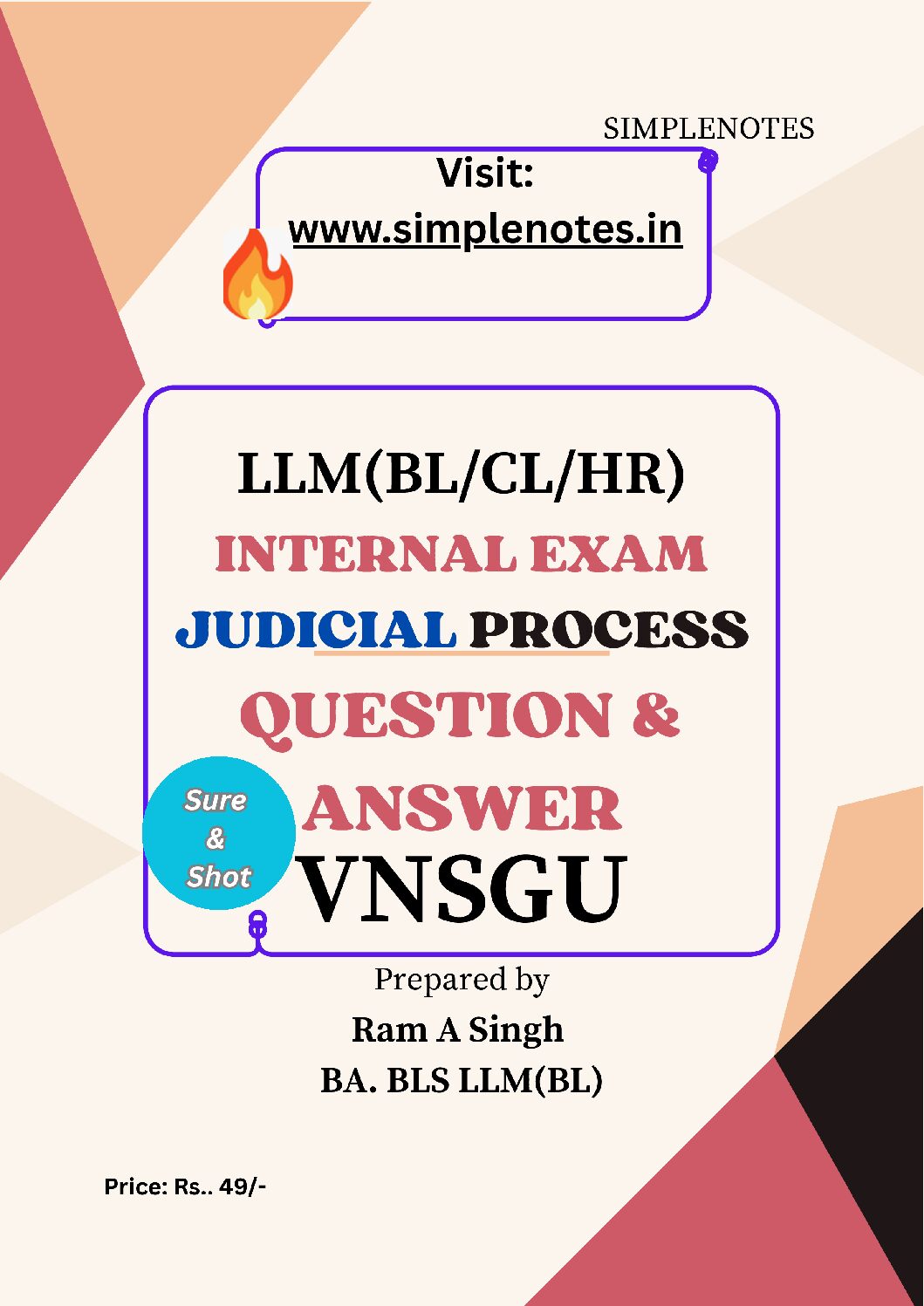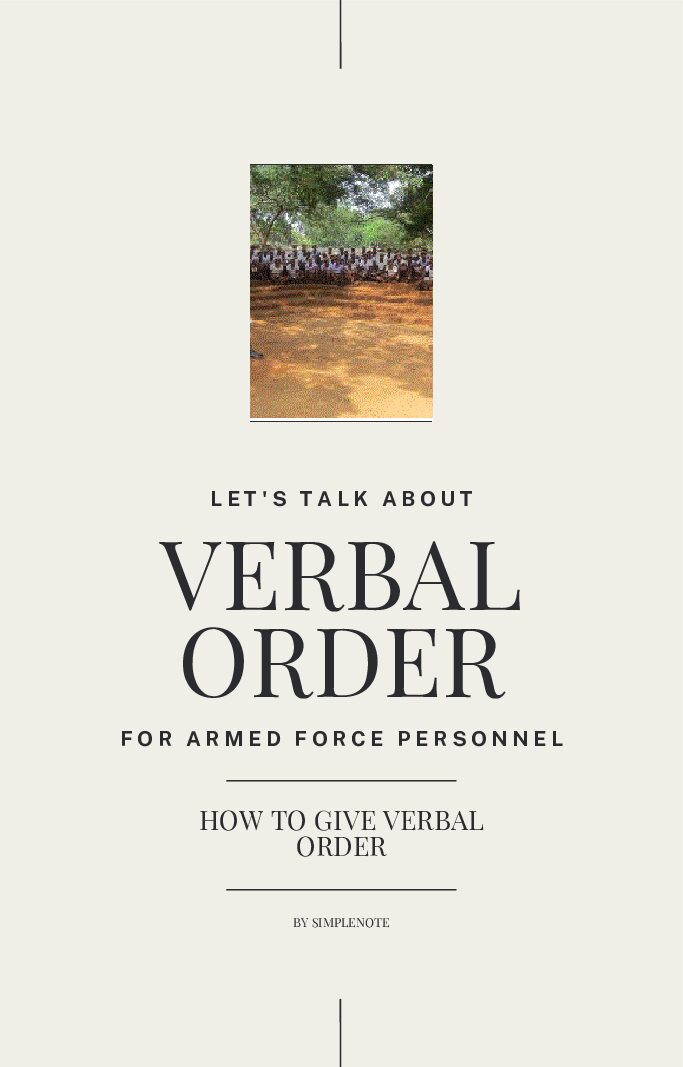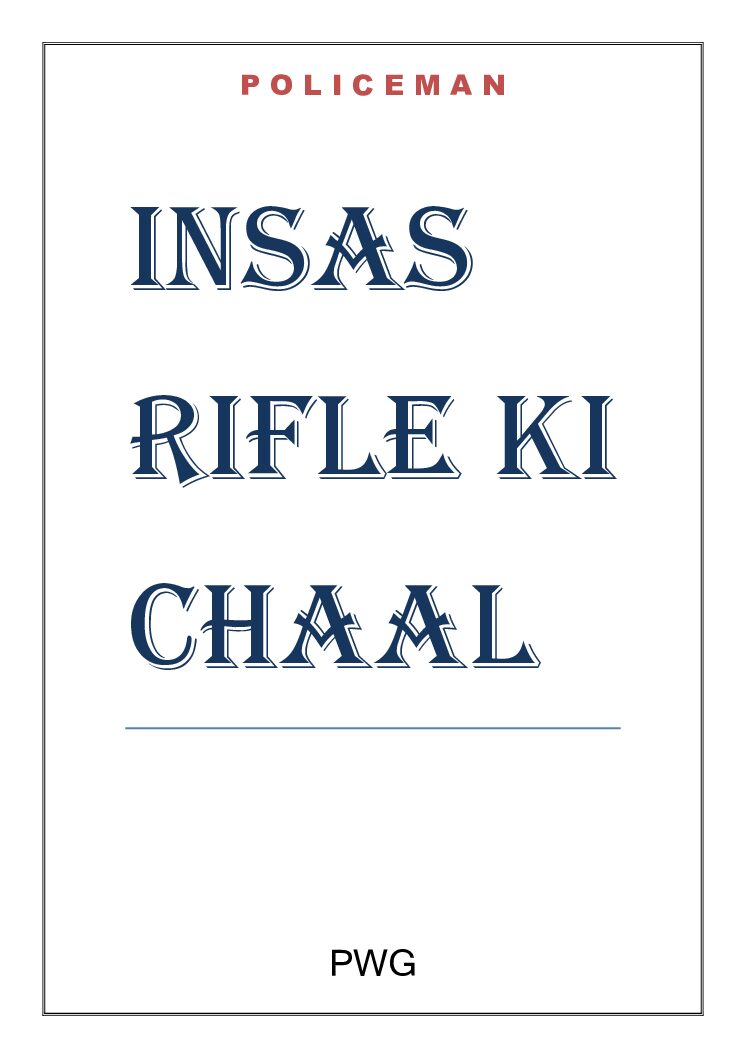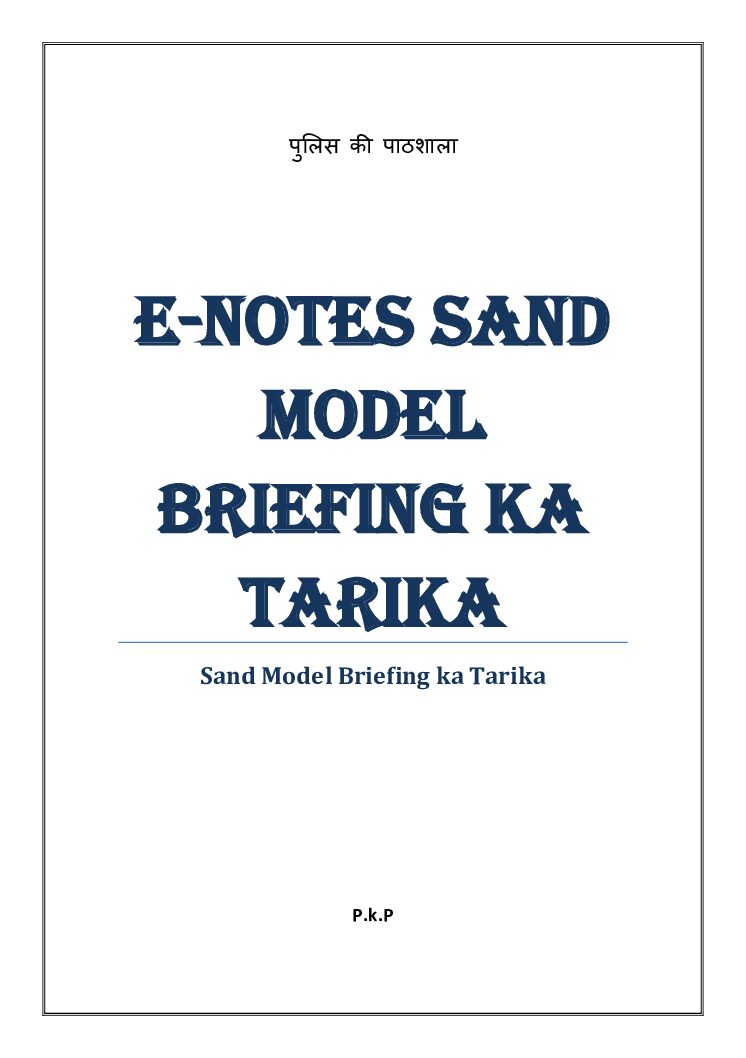Truths About Regionalism in India’s Union : Introduction
India is a country of many languages, cultures, and identities. Still, the Constitution calls it a “Union of States.” This phrase, written in Article 1 of the Indian Constitution, is not just legal wording. It reflects the core vision of our nation that India is united, but made of different states with different voices.
When the Constitution was framed, leaders wanted to send a clear message. Unlike the USA, Indian states were not coming together by choice. Instead, the Indian Union was formed with a strong central authority to avoid any chance of separation. That is why “India shall be a Union of States” became a carefully chosen phrase.
But here’s the shocking part: despite this strong central vision, regionalism in India has grown louder over the years. People in different regions want more autonomy. They feel their language, resources, and identity are not getting enough respect. Some even demand separate states.
You may like this :
So, what went wrong? Is regionalism going against the Constitution? Or is it simply a demand for fairness within a diverse system?
In this post, we’ll uncover 7 shocking truths about regionalism in India’s Union of States. We’ll connect them to Article 1 of the Constitution, and explain how this struggle between unity and diversity is shaping India today.
If you’re a law student, this article will give you real insight into regionalism in the Indian Constitution, not just theory.
Let’s begin with the first truth and it may surprise you.

Truth #1 – India Is a Union, But Not Truly Equal
The Constitution says “India shall be a Union of States” under Article 1 of the Indian Constitution. But in reality, not all states are treated equally. This is one of the most shocking truths about Indian federalism. Many people think that all states in India enjoy the same power and rights. But the truth is very different.
Under Article 3, Parliament has the power to create new states or change the boundaries of existing ones. States don’t have a final say in the matter. The central government can decide on its own. This shows how strong the Centre is in India’s federal system.
Take the example of Telangana, which was carved out of Andhra Pradesh in 2014. Or Jammu & Kashmir, which was turned into two Union Territories in 2019 without the consent of the state legislature. These decisions were taken by Parliament, not by mutual agreement between the Centre and the states.
This creates a major question. Can a true “Union of States” function when states have little control over their own borders and status? Regionalism in India often grows stronger when people feel that their local identity is not respected.
So, while India is called a union, the structure leans heavily towards the Centre. The balance is unequal. And this inequality adds fuel to the demand for autonomy, which is at the heart of regionalism in the Indian Constitution.
Truth #2 – Regionalism Has Constitutional Roots, Not Just Political Ones
Many people think that regionalism in India is only a political issue. But that’s not true. The Indian Constitution itself has created space for regional identity and autonomy. This is a shocking truth for many who believe the Constitution only supports national unity.
While Article 1 of the Indian Constitution says “India shall be a Union of States,” it doesn’t ignore regional differences. In fact, the Constitution protects them. For example, there are special provisions under Article 371A to 371H. These articles give certain states—like Nagaland, Mizoram, and Andhra Pradesh—special powers based on their cultural and social needs.
Also, the Sixth Schedule of the Constitution gives tribal areas in Assam, Meghalaya, Tripura, and Mizoram the right to self-govern through autonomous district councils. These councils have the power to make laws on land, forests, and even family customs. It’s clear that the Constitution understands India’s regional diversity.
You may like this : 7 Powerful Ways Law Has Transformed Indian Society
Even the Fifth Schedule protects the rights of tribal communities in other parts of India. These legal tools show that regionalism in the Indian Constitution is not always a threat—it is sometimes a solution.
This section proves that the roots of regionalism go deep into the Constitution itself. It is not just about politics or protests. The framers of the Constitution built these rights into the system.
Truth #3 – Regionalism Has Sparked National Crises
While regionalism in India can protect identity and promote fairness, it has also led to serious national crises. This is a truth that cannot be ignored. When regional demands go beyond legal limits, they can threaten unity, peace, and stability.
Even though Article 1 of the Indian Constitution says “India shall be a Union of States,” some regions have challenged this very idea. The Khalistan movement in Punjab during the 1980s was not just about culture or language—it was a call for a separate nation. The violence that followed shook the entire country. Similarly, the demand for Gorkhaland in West Bengal, and movements in Nagaland and Manipur, turned violent at times.
To deal with such crises, the Centre often used Article 356, which allows it to impose President’s Rule in a state. But this has been misused in many cases. The landmark S.R. Bommai v. Union of India case tried to limit this misuse and protect the spirit of federalism.
These crises show a deep gap between the idea of a united India and the feelings of regional neglect. Many regions feel they are treated unfairly by the Centre. This fuels regionalism in the Indian Constitution’s context, sometimes pushing it into dangerous territory.
Regionalism, when ignored or suppressed, can explode. In the next section, we will explore how India’s federalism has become more competitive than cooperative—and how that’s deepening the divide.
Truth #4 – Federalism in India Is Not Cooperative, It’s Competitive
One of the most overlooked facts about regionalism in India is that it’s often driven by frustration—not identity alone. That frustration grows from how India’s federal system actually works. Though Article 1 of the Indian Constitution says “India shall be a Union of States,” the power is not balanced. States feel they are not equal partners in decision-making.
In theory, India follows “cooperative federalism.” This means the Centre and states work together. But in practice, it becomes competitive federalism. States often feel like they are fighting the Centre—not working with it.
Take GST (Goods and Services Tax) as an example. While it created a single tax system, many states lost control over their revenue. Now, they depend on the Centre for GST compensation. When this is delayed, it creates anger and mistrust.
Another big issue is delimitation—changing the number of seats in Parliament based on population. Southern states like Tamil Nadu and Kerala, which managed their population growth well, fear they’ll lose seats to northern states with higher populations. This makes them feel punished for doing the right thing.
Even big national projects like One Nation One Election worry many regional leaders. They fear losing their voice in a system that may favour the Centre more.
This uneven power share fuels regionalism in the Indian Constitution’s context. States want fairness, not favors. In the next section, we’ll see how regional parties have risen to become powerful voices in this competitive system.
Truth #5 – Regional Parties Hold the Key to Federal Balance
In recent years, regional parties have become the real players in Indian politics. They act as strong voices for their states and often push back against central policies. This is one of the most surprising truths behind regionalism in India. Though Article 1 of the Indian Constitution says “India shall be a Union of States,” it is the rise of these state-level parties that is helping maintain the federal balance.
Parties like DMK in Tamil Nadu, TMC in West Bengal, BJD in Odisha, AAP in Delhi and Punjab, and Shiv Sena in Maharashtra have challenged the dominance of national parties. They speak the language of their people, focus on regional issues, and often resist central policies they find unfair.
During debates on farm laws, language imposition, and governor interference, these parties have stood firm. Their strength has forced the Centre to rethink many decisions. Coalition governments at the Centre, especially in the 1990s and early 2000s, gave these parties even more influence.
This shift shows that regionalism in the Indian Constitution isn’t always negative. It gives space to diverse political voices. Regional parties act as watchdogs. They help protect the rights of states when the Centre tries to centralize too much power.
However, this also creates political tension and sometimes gridlock. In the next section, we’ll discuss how regionalism can also be misused—for dividing people, not uniting them.
Truth #6 – Regionalism Is Often Used to Divide, Not Just Represent
Regionalism in India started as a way for people to protect their culture, language, and local interests. But over time, some leaders have used it as a political tool—to divide people rather than represent them. This is one of the most troubling truths hiding beneath the surface.
You may like this : 7 Powerful Ways Law Has Modernized Indian Society for the Better
Even though Article 1 of the Indian Constitution clearly states that “India shall be a Union of States,” the spirit of unity can get lost when regional pride turns into political propaganda. In some elections, politicians use slogans that attack other states or communities. They say “outsiders” are taking jobs, land, or culture away from locals.
Examples include calls for special job quotas only for “sons of the soil,” or resistance to people speaking Hindi in southern or northeastern states. While protecting local identity is important, this kind of messaging creates fear and hate. It builds walls between Indians instead of bridges.
In Maharashtra, the issue of “Marathi pride” has sometimes turned violent against migrants. In Assam, protests against the Citizenship Amendment Act (CAA) reflected deeper fears of cultural dilution. These are just a few signs of how regionalism in the Indian Constitution can be twisted into a vote-bank strategy.
When regionalism becomes extreme, it can even lead to separatist movements. That’s not the idea behind a “Union of States.” It’s a misuse of a right meant to empower, not exclude.
In our final truth, we’ll take a broader view—and compare how India handles regionalism compared to other federations like the USA.
Truth #7 – India’s Regionalism Has Global Parallels – But Unique Challenges
Regionalism in India is not a unique problem. Many countries face similar challenges when different regions demand more autonomy. However, India’s situation is more complex—and more sensitive. This is because of its deep cultural, linguistic, and religious diversity. Even though Article 1 of the Indian Constitution says “India shall be a Union of States,” that union looks very different from other federations like the USA.
In the United States, each state joined voluntarily. The U.S. Constitution gives them a lot of control, especially in local laws and taxes. But even there, when one region (the South) tried to secede in the 1860s, it led to a Civil War. Since then, secession is seen as illegal. In contrast, Indian states were reorganized after independence, not by choice but for better governance and identity management.
In Canada, the province of Quebec once held a referendum to leave the country. Spain’s Catalonia also pushed for independence. These global cases show that regional identity can clash with national unity—even in developed democracies.
But here’s where India is different: it built regional autonomy into the Constitution itself. Articles like 371 and the Sixth Schedule allow local laws and customs to exist within national boundaries. This is both smart and risky. If not managed well, this structure can lead to confusion, uneven growth, and separatist demands.
So while India faces the same questions as the world, its answers must be more careful. The Union of States is built on a fine balance, and keeping it steady is a constant challenge.
Conclusion – Balancing the Shocking Truths With Constitutional Wisdom
After exploring all seven shocking truths, one thing is clear—regionalism in India is not just a political issue. It is a deep constitutional, emotional, and historical challenge. Even though Article 1 of the Indian Constitution firmly declares that “India shall be a Union of States,” that union has never been easy to manage.
From the power imbalance between the Centre and the states, to violent movements and political games, regionalism in India has shaped the way our democracy functions. But it’s important to understand this: regionalism is not always bad. In many cases, it gives voice to people who are ignored or left behind. It protects culture, language, and identity. That is why the Constitution allows space for regional differences—through Article 371, the Sixth Schedule, and more.
You may like this : 7 Powerful Ways Law Transforms Society – A Critical Analysis
The danger comes when this regional pride turns into exclusion or separation. When that happens, the very idea of a “Union” is at risk. As law students, citizens, and policymakers, we must ask: Are we balancing unity and diversity wisely?
Article 1 of the Indian Constitution is not just a sentence. It’s a vision. It tells us that India is meant to be united—not uniform. It invites cooperation, not conflict. It respects difference, but demands constitutional limits.
In the end, the future of India’s unity depends on how we handle its regional voices. Let’s not ignore them—but let’s not let them break the Union either.
Frequent Asked Question
Q1. What does “India shall be a Union of States” mean?
It means that India is one nation composed of different states. According to Article 1 of the Indian Constitution, the states do not have the right to secede. India is not a loose federation, but a union with a strong Centre.
Q2. What is regionalism in India?
Regionalism in India is the feeling of identity based on language, culture, region, or history. It leads people to demand special rights or autonomy for their region.
Q3. Is regionalism a threat to national unity?
It can be both a strength and a threat. When regionalism in India is expressed within constitutional limits, it strengthens democracy. But if it turns into separatism, it weakens unity.
Q4. Can a state leave India legally?
No. As per Article 1 of the Indian Constitution, no state has the right to secede. India is a permanent Union of States.
Q5. What is the difference between regionalism and federalism?
Regionalism in India is the emotional or political demand for state rights. Federalism is the legal framework that balances Centre and state powers.
Bibliography & References
Books & Academic Sources
- D.D. Basu – Introduction to the Constitution of India, LexisNexis
- M.P. Jain – Indian Constitutional Law, LexisNexis
- Granville Austin – The Indian Constitution: Cornerstone of a Nation, Oxford University Press
- P.M. Bakshi – The Constitution of India, Universal Law Publishing
- S.K. Chaube – Federalism in India: A Historical Perspective, Vikas Publishing
Constitutional Articles Cited
- Article 1 – India shall be a Union of States
- Article 3 – Formation of new states and alteration of areas
- Article 356 – Imposition of President’s Rule
- Article 371 (A–H) – Special provisions for different states
- Fifth and Sixth Schedules – Tribal autonomy and administration
Landmark Judgments Referred
- S.R. Bommai v. Union of India, (1994) 3 SCC 1 – Federalism as part of Basic Structure
- State of West Bengal v. Union of India, AIR 1963 SC 1241 – Centre-State legislative relations
- Berubari Union Case, AIR 1960 SC 845 – Interpretation of Article 1
- Kesavananda Bharati v. State of Kerala, AIR 1973 SC 1461 – Basic structure doctrine
Online Legal and Government Sources
- Official Government of India legislation portal
- Access to Indian case laws and judgments
- Bill summaries, constitutional research
- NITI Aayog reports on federalism and state governance
- Election Commission reports on regional political trends
![]()









